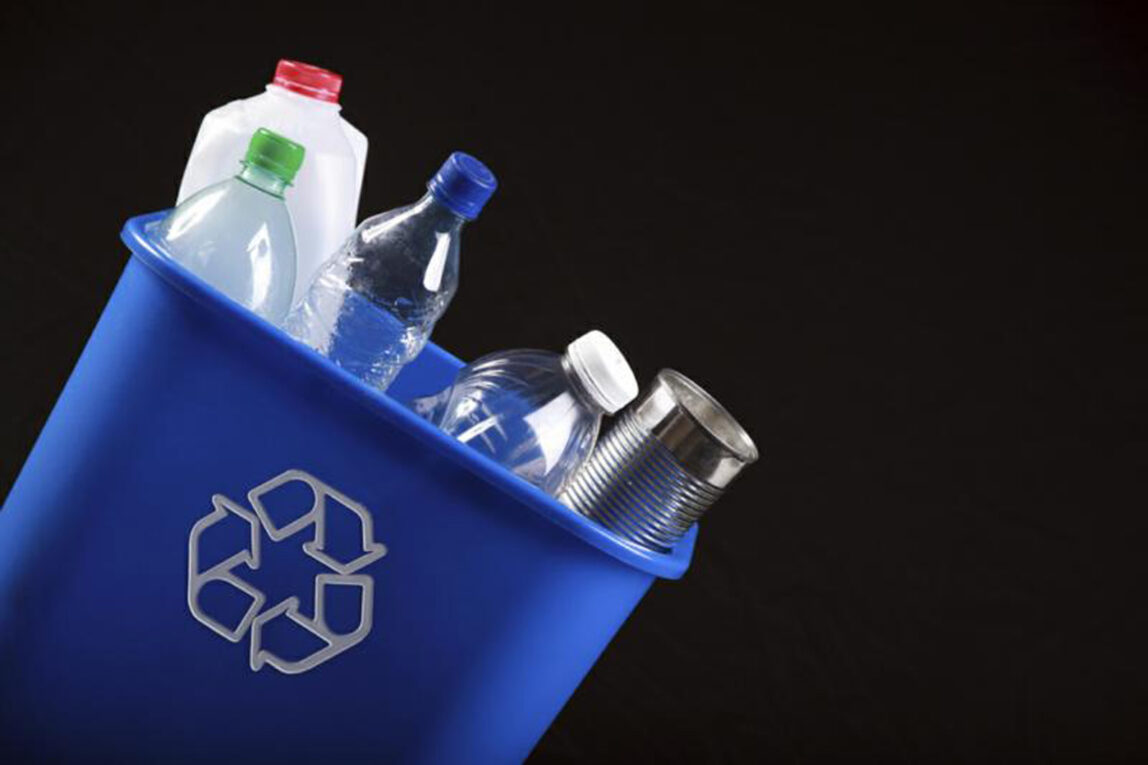Plastic pollution is one of the gravest environmental challenges facing our planet today. Tons of plastic waste ends up in landfills and oceans every single day, wreaking havoc on ecosystems and wildlife. However, there is a solution – recycling plastic. Recycling plastics can help reduce waste, conserve resources, and curb pollution. It is a sustainable way to deal with plastic and keep it out of the environment.
The Growing Plastic Problem
It is estimated that over 300 million tons of plastic are produced worldwide every year. A large portion of this plastic eventually becomes waste. Unfortunately, most plastic waste is not recycled properly and ends up polluting the environment. Plastic takes centuries to break down and photodegrade. As a result, plastic pollution has exponentially increased over the past few decades. Plastic clogs sewage systems, pollutes water bodies, and kills or endangers wildlife. Images of sea animals entangled in plastic or having ingested plastic are disturbing reminders of the damage caused by plastic waste. Unless we find sustainable alternatives, plastic pollution will continue destroying ecosystems and threatening biodiversity.
The Economics of Plastic Recycling
Recycling plastic makes economic sense as well. It is cheaper than producing plastic from new materials. Recycled plastics can be reused to make new plastic products, saving money and resources. Recycling 1 ton of plastic saves about 1.4 tons of carbon dioxide emissions – equivalent to taking 1 car off the road for a year. It also reduces energy usage. Producing goods from recycled plastics versus virgin plastics requires much less energy. For example, producing plastic from recycled feedstocks requires 70% less energy compared to producing it from fossil fuels. Recycling also boosts local economies by creating jobs in plastic collection, sorting, and reprocessing. Overall, recycling plastic is cheaper and more economically viable for businesses and governments compared to plastic production from crude oil.
Challenges in Recycled Plastics
While plastic recycling offers many environmental and economic advantages, it still faces various challenges that limit its potential. Contamination of recycled plastic with food residues or other non-plastic materials reduces its quality and reusability. The lack of standardized labeling also creates issues in sorting different types of plastics. Currently, only around 9% of all plastic waste globally gets recycled. The rest ends up in landfills or as litter. Part of the problem is that most plastics, especially single-use plastics, are simply not designed to be recycled. Their complex layers and mixed compositions make them difficult and costly to recycle. Consumer awareness about plastic recycling and separate collection facilities also need improvement in many parts of the world. Overcoming these challenges through innovation, policy support, and public education can help unleash the true potential of plastic recycling.
Improving Recycling Rates through Innovation
Fortunately, various innovations are helping address challenges in plastic recycling and push recycling rates higher. New mechanical and chemical recycling technologies can break down complex multilayer plastics and mixed plastic waste streams into basic polymers that can be remolded into new products. Startups are developing technologies like enzymatic recycling that can dissolve even the toughest plastics into their basic hydrocarbon chains within hours. Companies are also producing plastic products from recycled feedstocks that maintain high quality and functionality. Close-loop recycling models, where recycled plastics are collected and reprocessed locally, are reducing transportation and reprocessing costs. Standardizing plastic labeling using techniques like embedding RFID tags allows for easier sorting of different polymer types for recycling. If such innovations continue evolving through private investment and policy support, global plastic recycling rates could rise sharply in the coming years.
Policy Support to Boost Recycling Infrastructure
While technology solves some challenges, policy support is also vital to drive higher recycling rates at a mass scale. Strategies like banning certain single-use plastic items, imposing levies on virgin plastic production, or providing subsidies for recycled content products can incentivize more recycling. Extended producer responsibility (EPR) laws requiring producers to manage plastic waste generated from their products are boosting recycling in many places. Mandating minimum recycled content in plastic products pushes demand for recycled feedstocks. Restricting landfilling and incineration of recyclable plastic forces more toward the recycling stream. Above all, strong policy action is needed to build out plastic collection, sorting and reprocessing infrastructure — the backbone of any effective recycling system. With coordinated policy-technology solutions, national plastic recycling rates of 50% or higher can become reality worldwide over the next decade.
Recycling plastics offers massive potential both environmentally and economically if challenges are addressed systematically. With persistent efforts on technology innovation, public awareness campaigns, policy reforms, and infrastructure development, recycling can emerge as a primary solution to plastic pollution. Global plastic recycling capacity needs to increase fivefold from current levels to handle the volumes of plastic waste being generated. The plastic industry itself needs to shift to more recyclable product designs and integrate recycled content targets. Collective action across governments, companies, innovators, and individuals holds the key to transitioning to a more “circular” plastic economy powered by recycling. If the full scale of opportunity is realized, recycling can resolve the plastic pollution crisis while powering new green industries and jobs worldwide. That is a very positive future to look forward to.
Plastic recycling presents a win-win solution if obstacles are overcome strategically through collaborative global efforts. It can curb plastic pollution, produce cost savings, boost the economy and transition us to more sustainable plastic use. With persistent effort and innovation, recycling has the potential to transform the way we produce and consume plastics worldwide. Harnessing this opportunity fully will require policy reforms, investment in technologies, infrastructure development and public participation. But the environmental and economic benefits of high plastic recycling make it a goal well worth pursuing for a greener future.
*Note:
1. Source: Coherent Market Insights, Public sources, Desk research
2. We have leveraged AI tools to mine information and compile it

